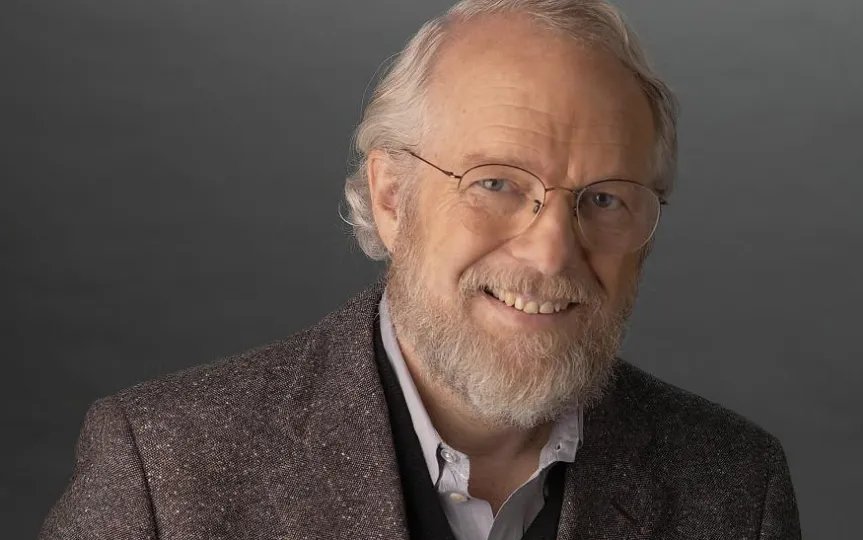Dr. John Warnock, Co-Founder of Adobe, Dies at Age 82
Adobe announced on Saturday that Dr. John Warnock, the co-founder of the groundbreaking company, has passed away at the age of 82. His wife, Marva Warnock, and three children survive him, while the cause of his death remains undisclosed.
“It is with deep sadness that I announce the passing of our beloved founder, Dr. John Warnock, at the age of 82,” wrote Adobe Chairman and CEO Shantanu Narayen. “John is widely recognized as one of the greatest innovators of our generation, having a significant impact on how we communicate through words, images and video.”
Warnock co-founded Adobe with the late Dr. Charles Geschke in 1982 and served as the company’s CEO until 2000, serving as Geschke’s co-chairman until 2017 (Geschke died in 2021). The company’s original logo was created by Marva Warnock, and Adobe released its debut product, desktop publishing software Adobe Postscript, in 1984.
Adobe released Photoshop in 1987. It later developed the PDF file format and released widely used applications such as Illustrator, Lightroom, Premiere Pro, and After Effects. To that end, the company helped start the desktop publishing revolution in the 80s and provides key tools for web, video/audio editing, and visual effects used in film and television.
Warnock was one of the few CEOs with a high level of technical skills. In his 1969 dissertation, he invented the Warnock algorithm for determining hidden surfaces. He later worked with Geschke at Xerox’s Palo Alto research center, but failed to convince management to commercialize the InterPress graphics language. This led to the pair forming Adobe, where they later created PostScript and published it for Apple’s LaserWriter in 1985. Warnock also invented Adobe Illustrator, a drawing program that uses vectors to represent pixels to depict images.
“My interactions with John over the past 25 years have been the highlight of my professional career,” Narayen wrote. “At breakfast with John and Chuck, we imagined the future, but our wide-ranging conversations about rare books, art, world history and politics gave me a unique insight into John, who was truly a Renaissance man.”




